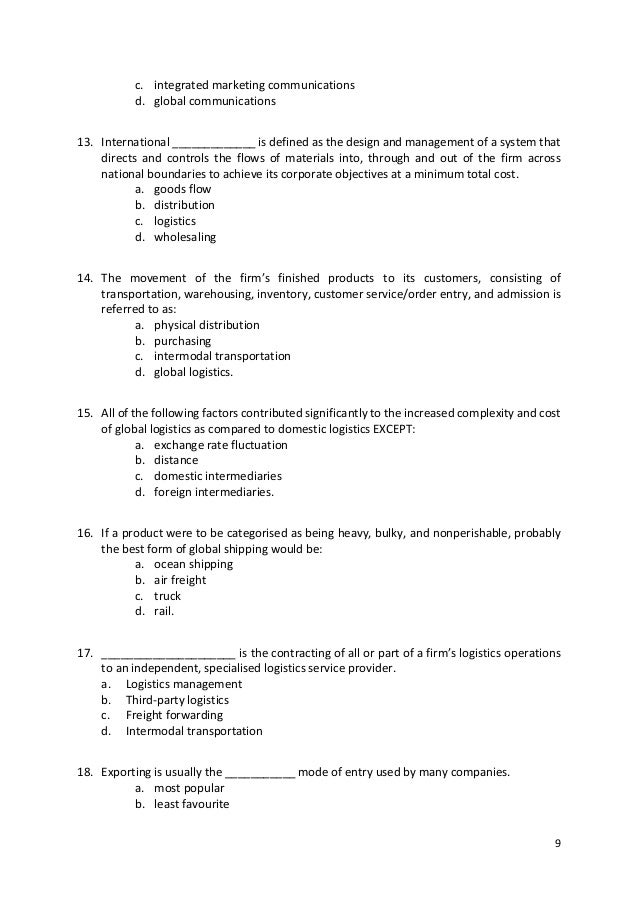International Marketing 15th Edition Chapter 16
International Marketing Chapter 1 • 1. International Marketing 15th edition Philip R. Cateora, Mary C. Gilly, and John L. Graham Copyright © 2011 by The McGraw-Hill Companies, Inc.


International Marketing Cateora, Gilly and Graham, 15th Edition, (2011), McGraw-Hill, chapter 14-16 Learn with flashcards, games, and more — for free. Chapter 16 Integrated Marketing Communications and International Advertising. Student International Marketing 15th Edition Chapter 13.
All rights reserved. Jeremih Imma Star Acapella. McGraw-Hill/Irwin • 1 International Marketing • International marketing is defined as the performance of business activities designed to plan, price, promote, and direct the flow of a company’s goods and services to consumers or users in more than one nations for a profit. • The difference is the “environment” – Competition, legal restraints, government controls, weather, fickle consumers, economic conditions, technological constraints, infrastructure concerns, culture, and political situations.
Roy Philip 1-2 • 1 The International Marketing Task Exhibit 1.3 Roy Philip 1-3 • 1 The International Marketing Task Roy Philip Marketing Decision Domestic Environment Foreign Environment • Firm Characteristics • Product • Price • Place • Promotion • Research • Political forces • Legal forces • Economic forces • Competition • Political forces • Legal forces • Economic forces • Competition • Level of technology • Geography • Culture 1-4 • 1 Environmental Adaptation • The most challenging and important adaptation international marketers must make is cultural adjustments. • Must establish a frame of reference – Time-conscious Americans vs. Time-is-not-an- asset thinking Latin Americans – Hand gestures vary between countries • “Cultural Conditioning” – be aware of home cultural references before making decisions Roy Philip 1-5 • 1 Obstacles to Adaptation • Adaptation is a conscious effort on the part of the international marketer to anticipate the influences of both the foreign and domestic uncontrollable factors on a marketing mix and then to adjust the marketing mix to minimize the effects. • Two primary obstacles are: – Self-Reference Criterion (SRC) – Ethnocentrism Roy Philip 1-6 • 1Self-Reference Criterion (SRC) • Self-Reference Criterion (SRC) is an unconscious reference to one’s own cultural values, experiences, and knowledge as a basis for decision. • Risk of SRC: – Prevent you from becoming aware of cultural differences – Influence the evaluation of the appropriateness of a domestically designed marketing mix for a foreign market Roy Philip 1-7 • 1 Ethnocentrism • The notion that people in one’s own company, culture, or country know best how to do things.